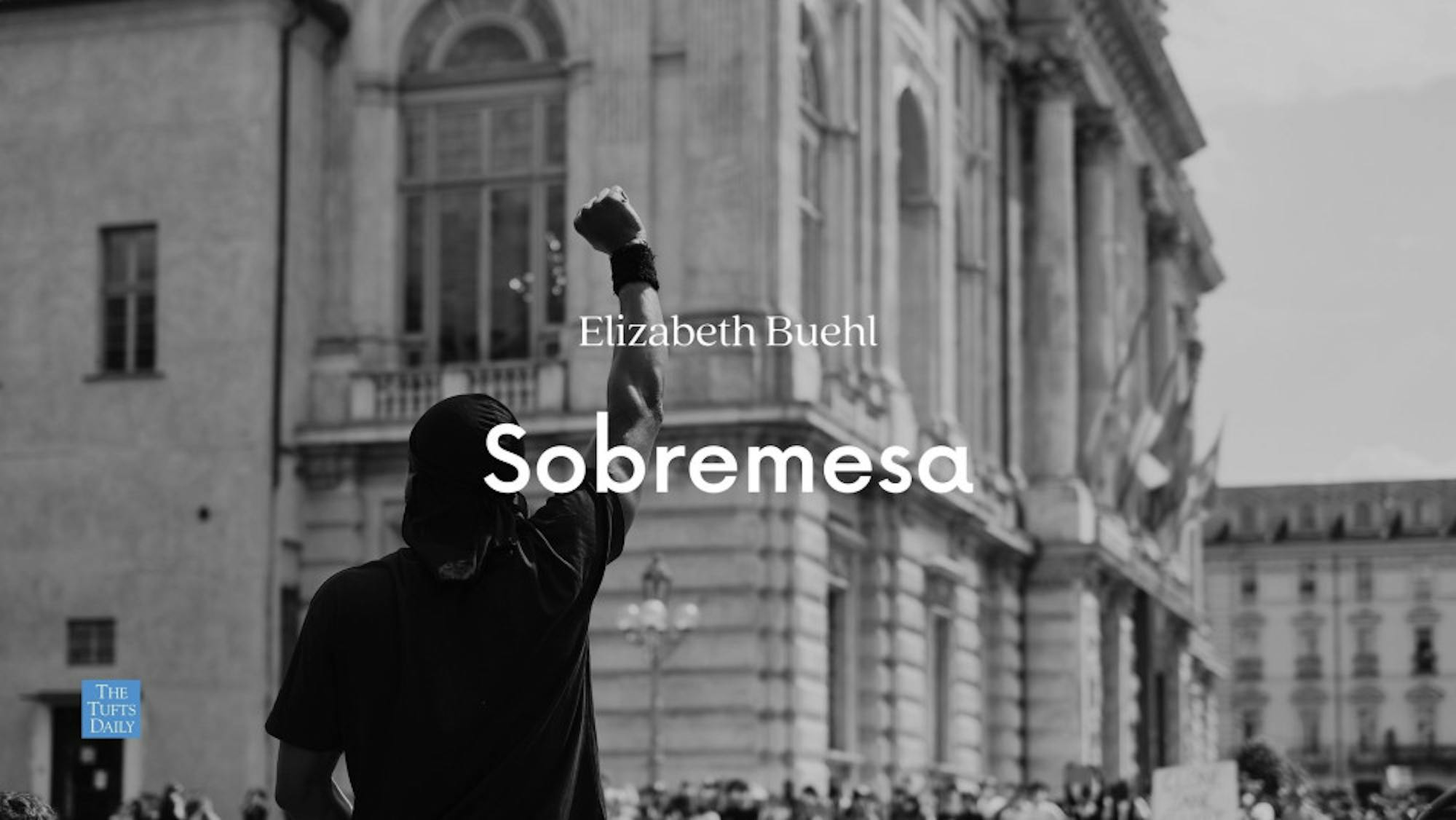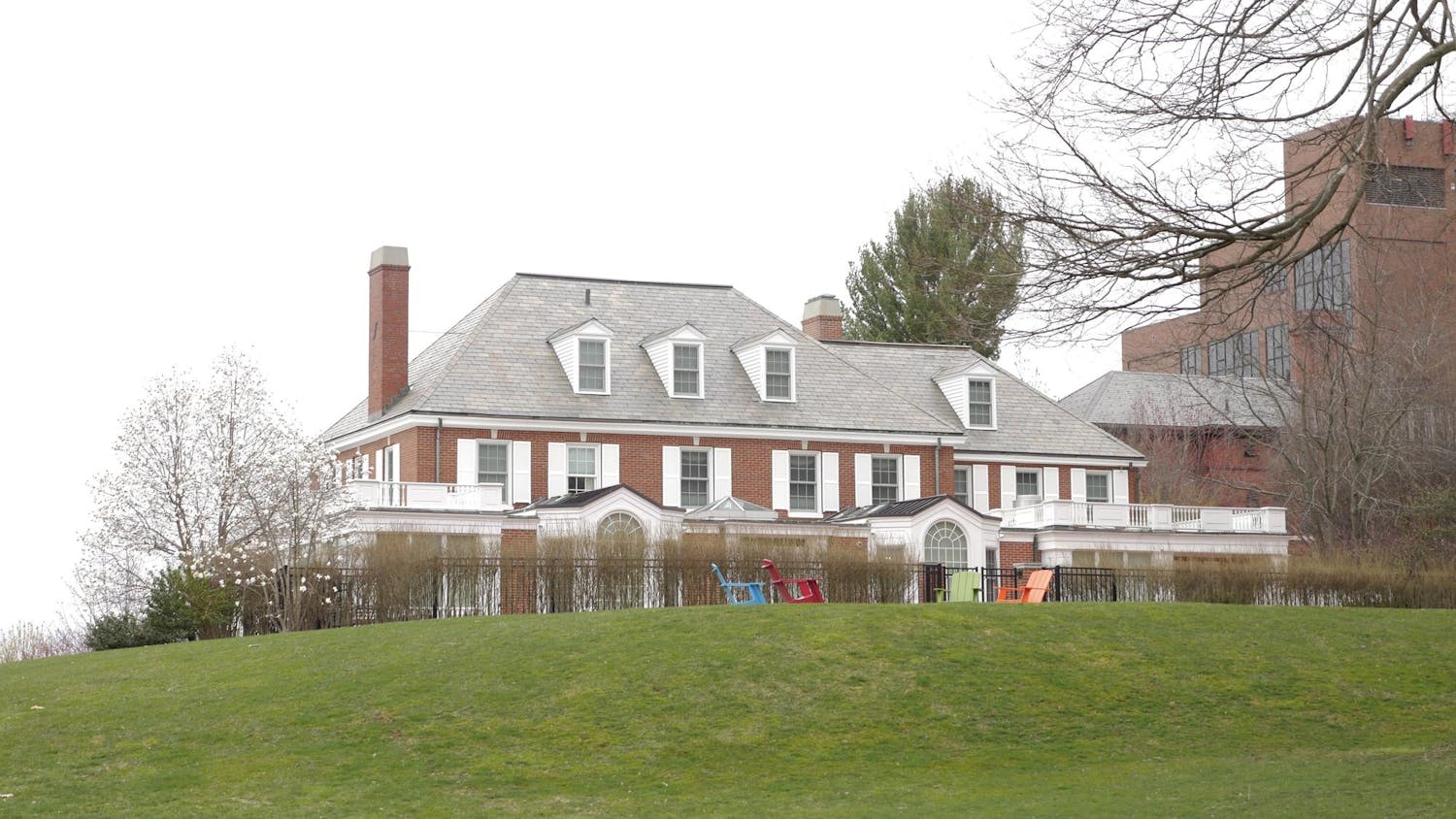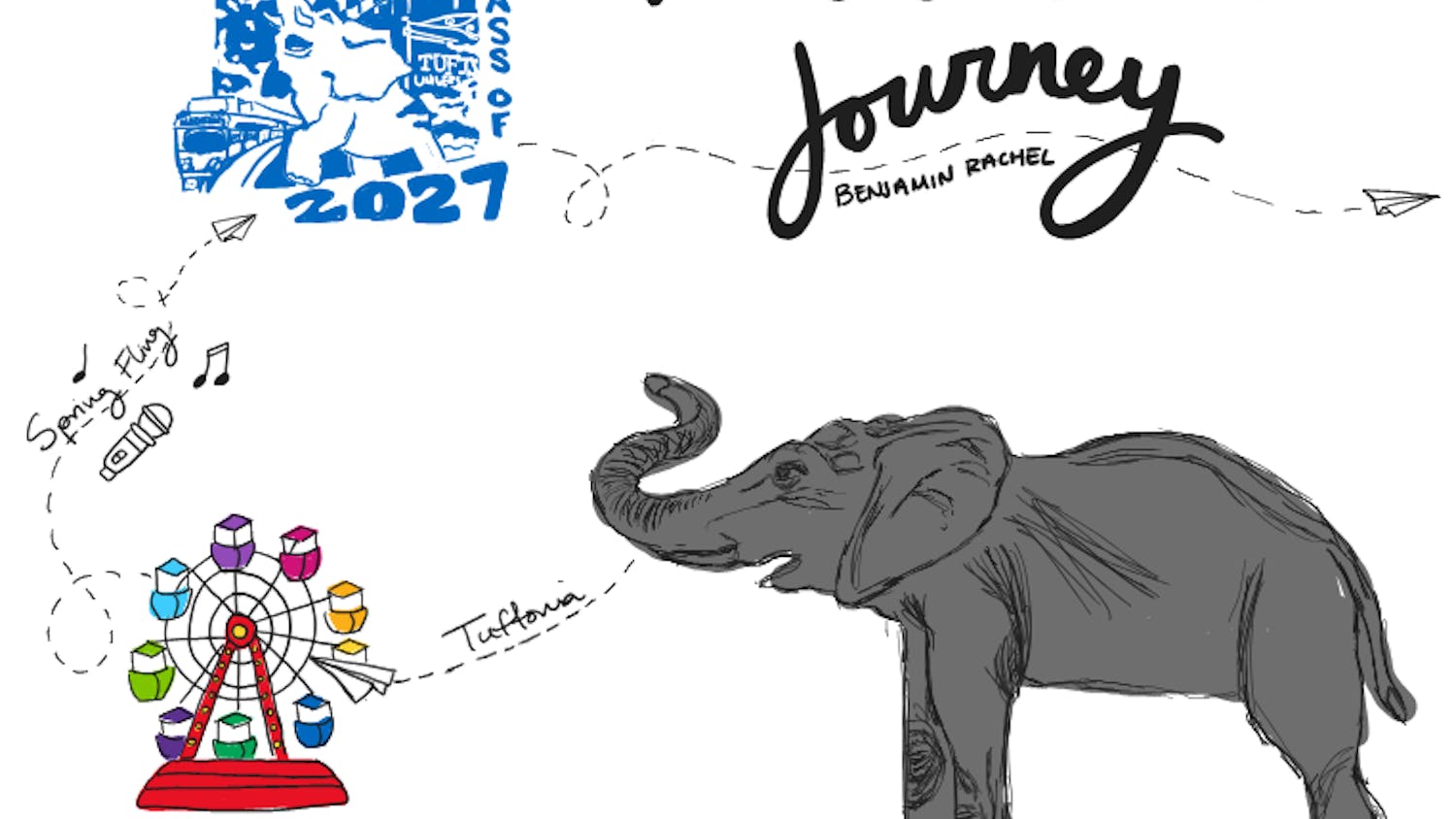The United States approaches an unprecedented winter — one ridden with a ruthless pandemic. According to a 2019 government estimate, almost200,000 people sleep on the streets of our nation each night. With highunemployment rates, risinghousing costs and widespreadfood insecurity, the perfect storm is brewing for surging homelessness rates. However, our nation currently does not have the proper infrastructure to respond to this growing number of individuals in desperate need of shelter. Rather, many of our cities are ridden with anti-homeless architecture.
Hostile architecture is often subtle. InNew York City, it can be seen through a dearth of benches. But cities like New York andSan Francisco also have some more overt forms of defensive architecture, including metal bars dividing public benches and “anti-homeless spikes” that discourage public sleeping. While some states and cities have requirements to limit this type of architecture, there are many loopholes, as design is often left open to the interpretation of the architect.
In Boston, theMassachusetts Bay Transportation Authority (MBTA) recently installed armrests on benches at T stops, an action that has been perceived as hostile architecture. While the MBTA framed this addition as an aid for elderly and disabled people, opponents argue that the armrests could have easily been placed at the end of the benches to allow people to still lie down. T stops are a safe haven for many homeless people, and it is imperative that rather than making it physically impossible for people to access shelter, we provide better alternatives, such as homeless shelters and public housing.
Previous hostile architecture in Boston has received extensive pushback. In 2019, the Massachusetts Department of Transportationremoved spikes under a bridge where homeless individuals commonly resided. These spikes were originally installed to deter homeless individuals from trespassing. Those in favor of removing the spikes pointed toward the need for deep rooted change and empathetic efforts in solving the many systematic issues that drive people to live under bridges in the first place.
Advocates’ understanding of this multifaceted issue ultimately allowed them to triumph against hostile architecture. Sadly, this isn’t always the case, given public resistance to helping the homeless and subsequent ostracism from society. This example shows us that with continued advocacy, it is a tangible ask for the MBTA to reverse its decision to add armrests to T stop benches.
Hostile architecture harmfully targets homeless individuals, especially those struggling with addiction or financial insecurity. In order to combat this coldhearted movement, we need big-picture, systematic change. Rather than resorting to divisiveness, we must direct efforts toward inclusion, such as increasing funding to programs that provide shelter, job training, housing assistance, and treatment for addiction and other mental health conditions.
These deep rooted efforts will not be put into place overnight. To best serve the community in the interim, we must design a more inclusive landscape in our cities, one that is free of hostile architecture.






